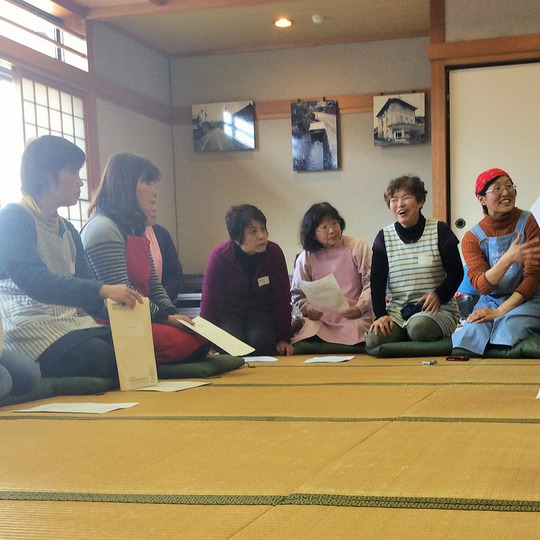
滋賀研修「朽木で考える文化と食」~Part2~ 報告 SINAPAYEN Lana
- 日時
- 2016年2月27日(土)〜2月28日(日)
- 場所
- 滋賀県高島市(朽木ふれあいセンター、朽木保健センター)
- 主催
- 東京大学大学院博士課程教育リーディングプログラム「多文化共生・統合人間学プログラム(IHS)」 教育プロジェクト2「共生のプラクシス―—市民社会と地域という思想」
- 協力
- 朽木住民福祉協議会、高島市社会福祉協議会、たかしま市民協働交流センター、「たかしま・未来・円卓会議」運営委員会、総合地球環境学研究所
- 参加者
- 梶谷真司(東京大学教授)、江口建(東京大学IHS特任研究員)、阿部ふく子(東京大学UTCP特任研究員)、SINAPAYEN LANA(東京大学大学院博士課程・IHSプログラム生)
The past and future of small villages, viewed through the prism of culinary traditions
Case study: Kutsuki (Part II)
This fieldwork was the follow-up to the first fieldwork that took place in January. It started with a lecture about the history of Kutsuki, given by Mr. Ishida, expert of local history and the main editor of the book titled Kutsuki sonshi. The lecture discussed the historical events as well as the historical traces left on the geographic landscapes, like ruins of castles or an impressive number of ruined temples, and locality names, originating from Kutsuki’s history of logging.
In the first fieldwork, we participated in a “heshiko” (fermented mackerel) cooking class organized by the Kutsuki community center. This time, the topic of the cooking class was also heshiko and more broadly, fermented products, but the participants had prepared their own original recipes and shared them with the group.
One of the goals of this change was to shift from a top-down style of organization to a form of self-organization, or at least an internally powered organization. In the case of top-down organization, a small group of designated leaders decides upon the nature and contents of the group’s activity. In self-organization, emerging group dynamics lead to agreements on the activity. In an internally powered organization, the group leaders act as catalysts to ignite or channel the group’s energy, without necessarily taking decisions.

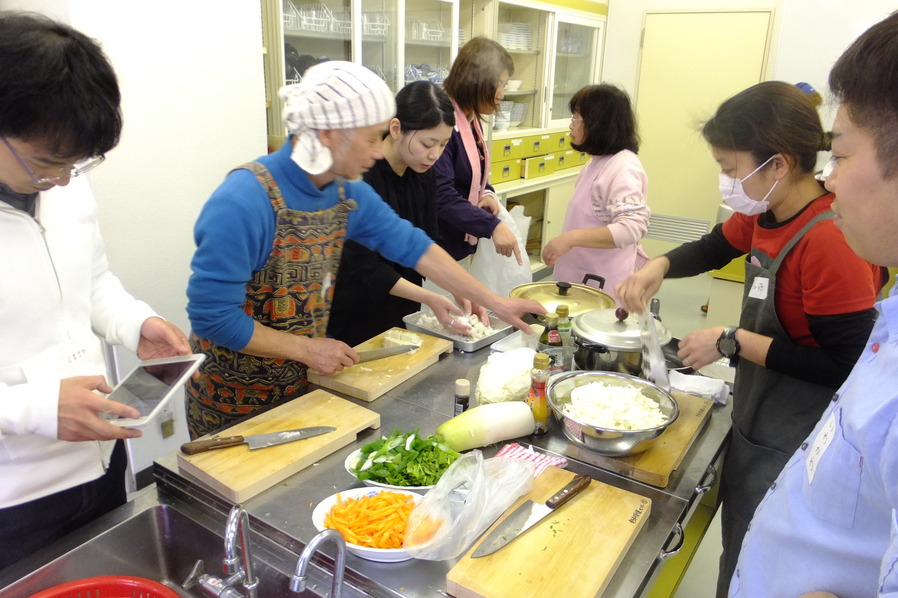
The cooking class started with a top-down approach in which the organizers decided upon a topic (heshiko), invited experts to give a talk, and then taught the participants how to cook recipes. Then the perspective shifted: the participants were asked to invent their own recipes and teach them to others. This required more investment and was somehow more inclusive, as the participants shared their own discoveries, success, and failures when creating new dishes.
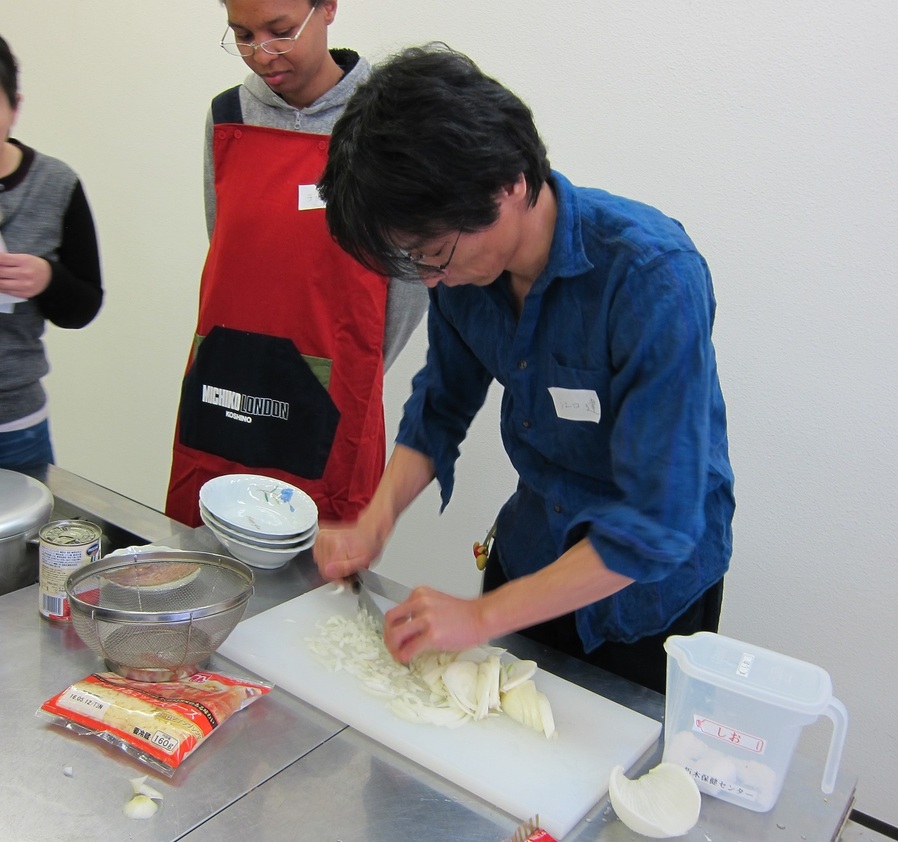
However, a less encouraging finding was that not everyone took part in creating recipes. In fact, only the members of an informal group called “The Forest Brides” proposed and tested new recipes. This group comprises the wives of woodworkers (loggers) who cut off and sell trees from the neighboring mountains. Most of the workers and their families are not local people. They come from different prefectures and are seen as outsiders by older inhabitants of Kutsuki. I found it rather unusual that the “outsiders” were the most seriously involved participants in the cooking of this traditional and local ingredient, the heshiko. It could be that they came to Takashima City (where Kutsuki lies) out of love for this specific region, and to embrace all its traditions. Alternatively, it could be that the need to be a part of the community, the desire to be treated not as an outsider but as a member of the society, gave them motivation to participate fully in this activity of preservation of local culture. Regardless of the reason, in the end, the group dynamics were mostly created by “outsiders.” This turn of events was not the goal of the organizers; but it may have been unavoidable, as local people generally do not have a burning passion for the heshiko.
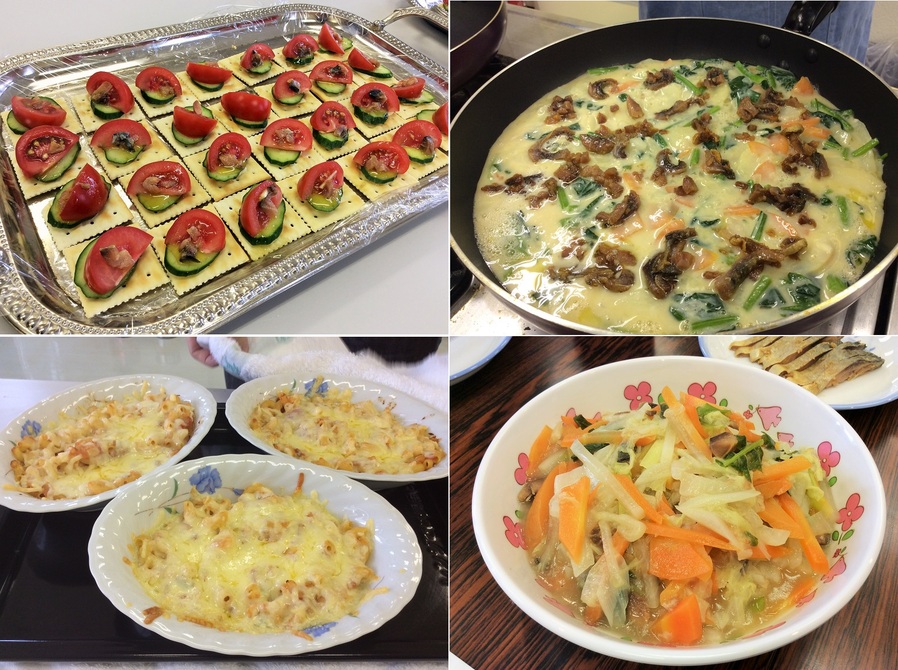
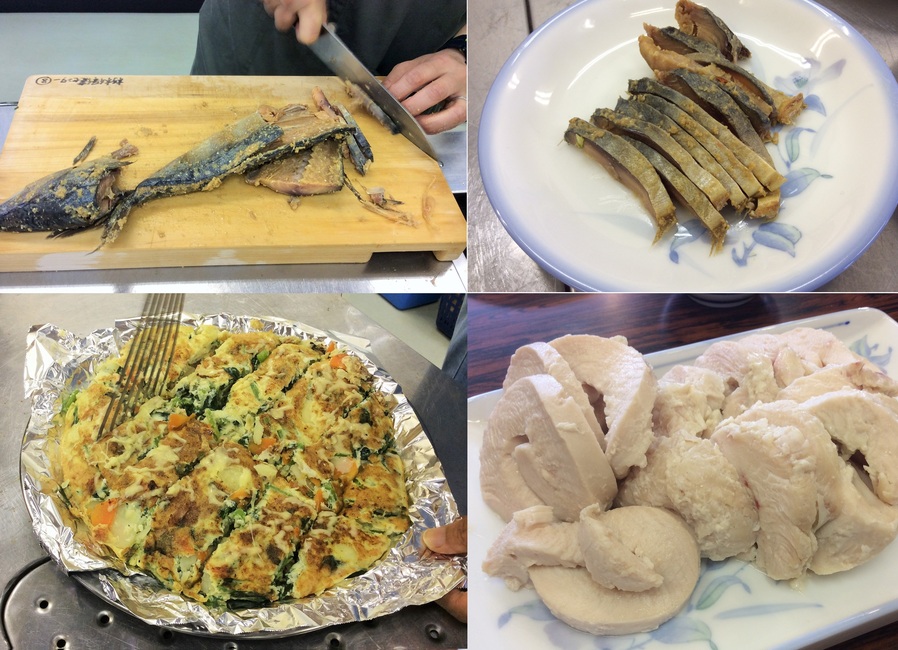
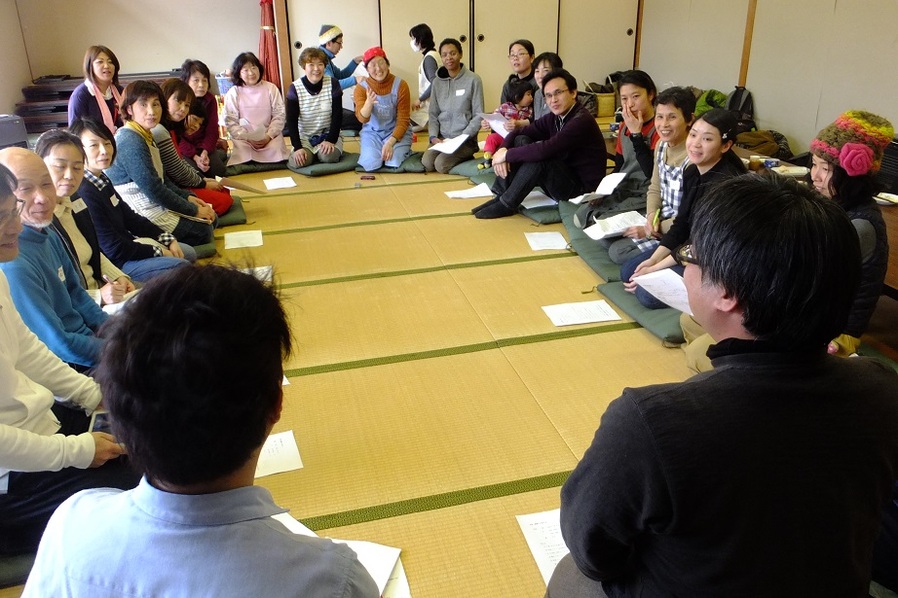
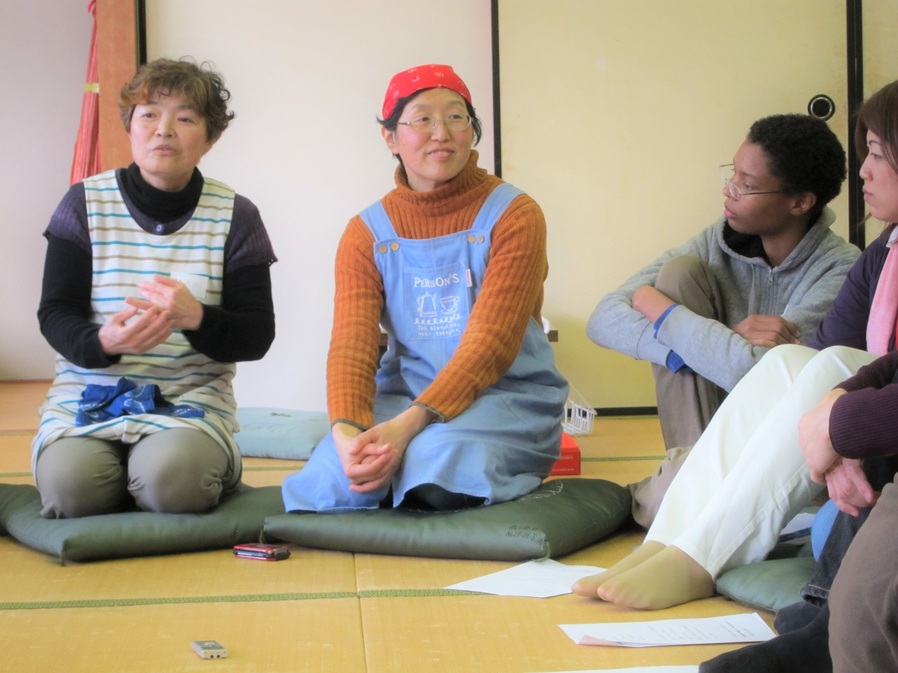
報告日:2016年3月11日


